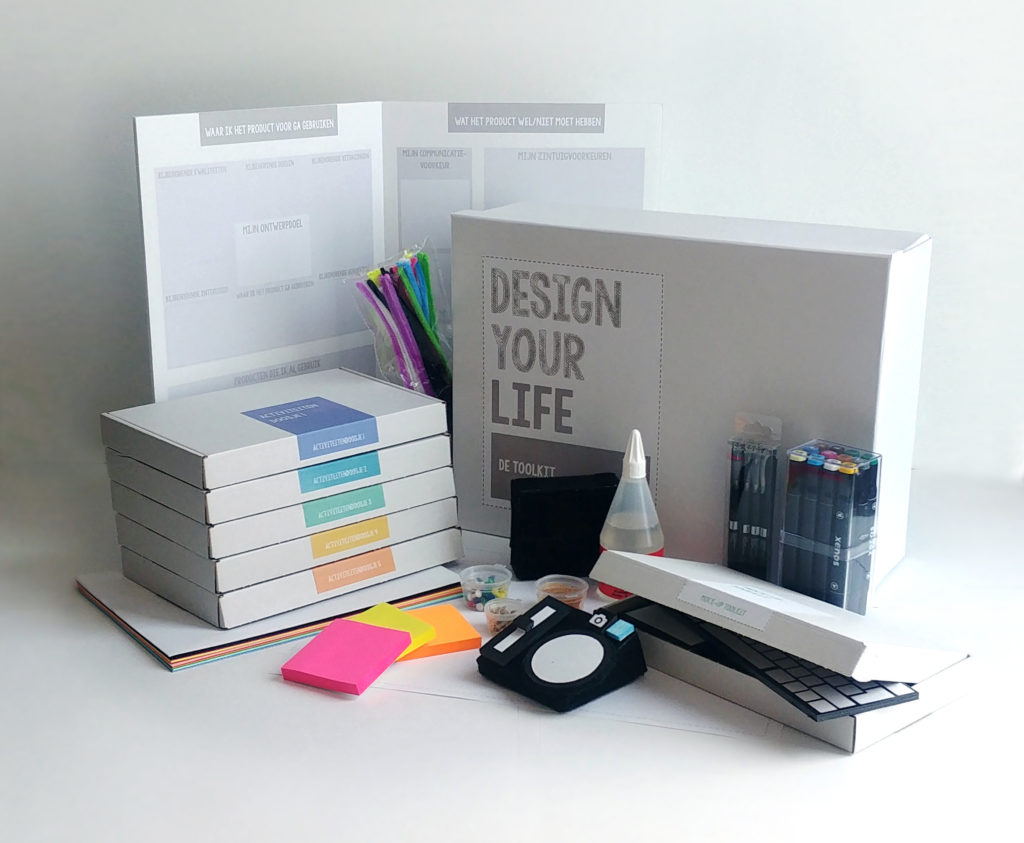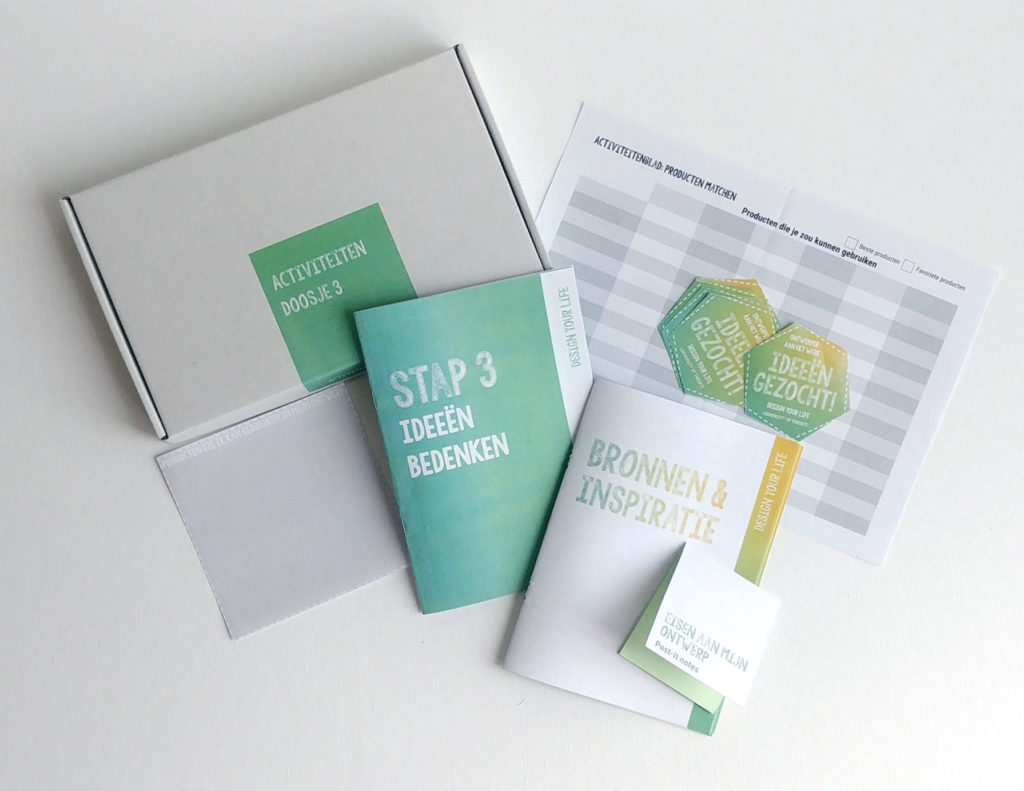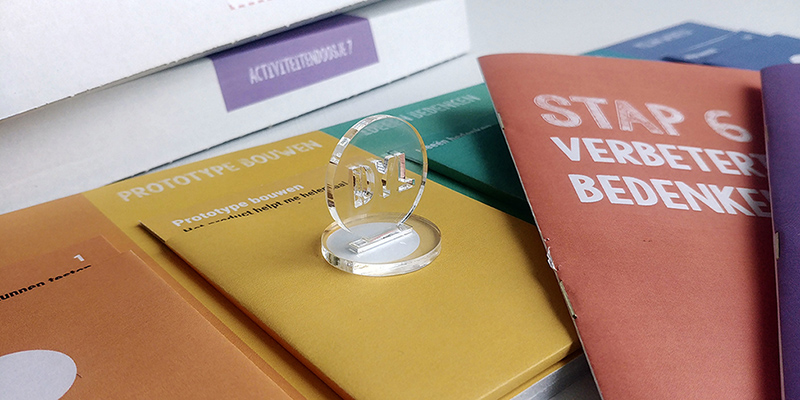Design case: Nathalie Overdevest
Nathalie Overdevest completed her Industrial Design MSc graduation assignment in August 2021. In her project, she focussed in how the Design Your Life-toolkit influences the communication between the autistic person and their caregiver. Along the way she discovered how much the design goal impacts the role that the caregiver takes on when using the toolkit.
How the Design Your Life-toolkit impacts the client-caregiver relationship
Nathalie: ‘The Design Your Life method aims at empowering young autistic adults to design their own technology that supports their independence. In this particular case study, this was done with the support of a professional caregiver. Two participants, Simon and Ellen (pseudonyms for privacy) embarked on testing the toolkit that I created. This toolkit aimed to provide a ‘design process in a box’. The focus of this particular toolkit was on the communication process: how did the toolkit influence the relationship between the participants?

The toolkit
The toolkit was presented in a set of boxes. Each box corresponded with one phase in the Design Your Life-cycle and contained activity instructions and materials related to that phase. The activities would produce knowledge about the design context and the emerging technology. This information was recorded on the design board.
The toolkit contained two design rounds. The first round focussed on casting a wide net as possible in regards of possible design goals and then offering a way of converging to a prototype and testing this prototype. The second design round offered a boardgame setup, where participants would select an activity based on their needs. This meant that the participants would only select activities where they would feel the prototype needed improvement or where they were missing information.

Left: The toolkit: the board for recording the design information, boxes with activities, and additional materials.
Below left: Example of an activity box.
Below right: The evaluation setup.
Images: Nathalie Overdevest


The design case
The most notable event in the testing of this toolkit was the design goal change. The two goals addressed in the case were of intrinsic motivation to Simon. However, the response of Simon’s network to these changes were quite different.
The first goal was related to weight loss. Simon prefers using his mind to address challenges and was set to use that in the formulated design goal. However, the toolkit required the design of something and Ellen and I were making suggestions of strategies that were not in line with Simon’s cognitive approach. This created a design impasse.
The change came when Simon expressed the interest to design a product related to a hobby. This informed a new design goal which still was related to Simon’s previously expressed challenges and needs. With this design goal also came a new approach from Ellen: since she was less familiar with the topic of this design goal, she was able to take on a much more inquisitive role. This supported the further design process where Simon felt he had more ownership of his goal.
The impact
In the end, the toolkit helped the participants to deepen their relationship. By doing the activities and spending more time together, the participants explain they had conversation that they would otherwise not have had. This resulted in a better understanding of each other.
The toolkit was less successful in being used without any outside support: both participants are not experienced designers and asked the designer/researcher for support – to know when to pursue a new path of ideas or when to start being more realistic in the prototyping stage. The case study also showed the importance of ownership over the design goal. The future toolkit would have to emphasise that the young autistic adult is the person to set the design goal. The role of the co-design partner is also important here: they should be able to take on a supporting, inquisitive role. This means letting the young autistic adult taking the lead and keeping track of the design process as a whole.’
